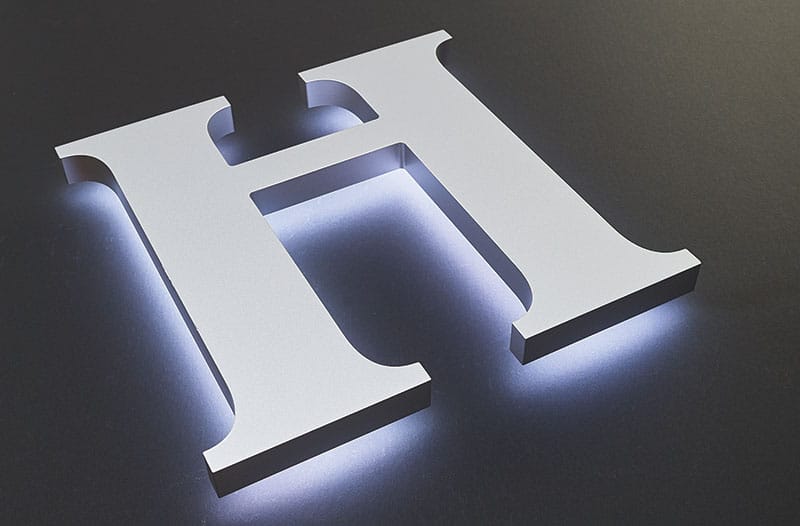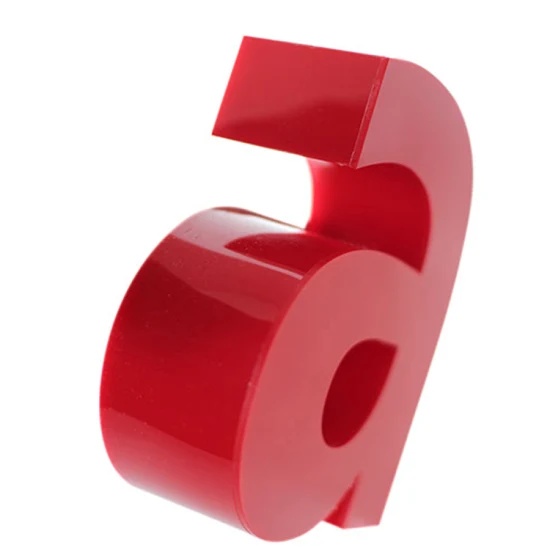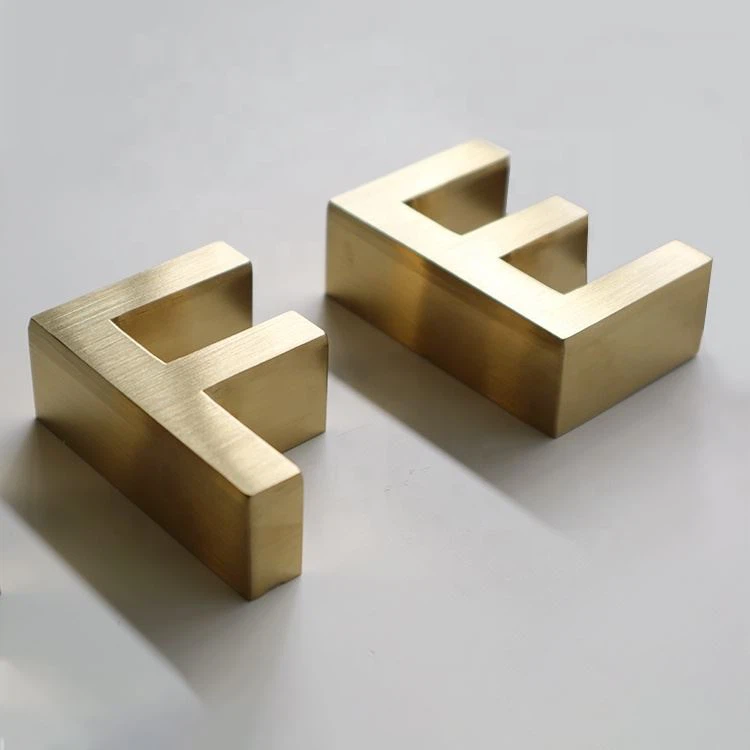When it comes to DIY acrylic signs, exploring advanced techniques can take your creations to the next level. One such technique is layering, which allows you to add depth and dimension to your signs. Additionally, incorporating 3D effects can make your acrylic signs visually captivating and unique.
In this article, we will delve into the world of advanced acrylic sign making, providing you with insights, tips, and step-by-step instructions on how to master layering and create stunning 3D effects in your DIY acrylic signs.
Understanding Layering in Acrylic Signs
Layering is a technique that involves stacking multiple layers of acrylic to create depth and visual interest. By combining different colors, textures, and opacities, you can achieve striking effects that elevate the overall aesthetics of your signs. To start, choose acrylic sheets of varying thicknesses and colors that complement your design.
Consider the mood and theme you want to convey with your sign and select the appropriate colors accordingly. Cut the sheets to the desired size using appropriate tools such as a laser cutter or a scoring knife. Then, carefully align and glue the layers together, ensuring a secure bond. It’s important to plan the layering sequence in advance to achieve the desired visual effect.
Creating 3D Effects with Standoffs
Adding three-dimensionality to DIY acrylic signs can make them stand out from the crowd. One effective method for achieving this is by using standoffs.
Standoffs are small hardware pieces that lift the acrylic off the mounting surface, creating a sense of depth. Begin by determining the desired placement of the standoffs on your acrylic sign.
Consider the composition and focal points of your design to strategically position the standoffs. Then, drill corresponding holes into the acrylic and the mounting surface. Use the appropriate drill bit size for the standoffs you’re using.
Attach the standoffs securely using screws or other appropriate fasteners. Finally, mount the acrylic sign onto the standoffs, allowing it to float above the surface. This technique not only adds depth but also provides a visually striking and professional appearance.
Combining Layering and 3D Effects
The true magic of advanced acrylic sign making lies in the ability to combine layering and 3D effects. By utilizing both techniques, you can create visually dynamic and captivating signs that leave a lasting impression.
- First Design Your Design
Start by designing your sign, considering how layering and 3D elements can complement each other. Determine which layers should be placed in front or behind others, considering the desired visual hierarchy. Additionally, think about incorporating standoffs strategically to enhance the overall 3D effect.
- Cut and Prepare Your Acrylic Layers
Once you have a clear plan, proceed with cutting and preparing your acrylic layers. Pay close attention to the alignment of the layers during the assembly process, ensuring precise positioning.
Use a high-quality adhesive suitable for acrylic bonding to secure the layers together. Take your time to ensure a seamless and strong bond between each layer.
- Position the Standoffs
As you attach the layers, consider the placement of the standoffs. By strategically positioning the standoffs, you can create additional depth and dimensionality, enhancing the overall visual impact of your sign.
Tips for Success to DIY Acrylic Signs
To achieve the best results with layering and 3D effects in DIY acrylic signs, consider the following tips:
- Plan your design carefully before starting the project. Sketch out your ideas and visualize how the layers and 3D elements will come together.
- Choose acrylic sheets of different colors, textures, and opacities that complement each other and the overall design. Consider how light will interact with the layers and create different effects.
- Invest in high-quality cutting tools, such as a laser cutter or a scoring knife, to ensure precise and clean cuts. Sharp tools will result in smoother edges and better overall finish.
- Use an appropriate adhesive designed for bonding acrylic to secure the layers together. Follow the manufacturer’s instructions for optimal results. Consider using a glue that dries clear for seamless layering.
- Pay attention to alignment and precision during the layering process. Use guides or templates to ensure accurate placement. Take your time and make adjustments as needed to achieve the desired visual effect.
- When incorporating standoffs, select a style that complements your design and consider the appropriate size and spacing for optimal visual impact. Ensure the standoffs are sturdy and capable of securely holding the weight of the acrylic layers.
Additional Techniques For Specific Events or Occasions
- Holiday-themed Techniques
- Snowflake Cutouts: Create intricate snowflake designs by using a laser cutter or a precision cutting tool on a transparent acrylic sheet. Layer multiple snowflake shapes to add depth and use different shades of white or silver acrylic for a sparkling effect.
- Light-Up Effects: Embed small LED lights within the layers of your acrylic sign to create a festive glow. Use colored acrylic sheets to enhance the desired holiday theme, such as red and green for Christmas or orange and black for Halloween.
- Wedding and Anniversary Techniques:
- Lace Overlay: Layer a delicate lace pattern over a solid-colored acrylic sheet to add elegance and a touch of romance to wedding or anniversary signs. Use adhesive spray or a clear, non-toxic adhesive to attach the lace securely.
- Laser Etching: Incorporate laser etching techniques to personalize DIY acrylic signs with the couple’s names, wedding dates, or special messages. Etch the information onto a separate acrylic layer and then layer it with other decorative elements.
- Graduation Techniques
- Dimensional Diplomas: Cut out an acrylic sheet in the shape of a graduation cap and diploma. Use a laser cutter to engrave details like the graduate’s name and school. Layer these cutouts over a solid-colored acrylic background to create a three-dimensional effect.
- Tassel Attachment: Add a real or simulated graduation tassel to your acrylic sign by attaching it with a small adhesive dot or by drilling a small hole in the top layer of the sign and threading the tassel through.
- Birthday Party Techniques
- Confetti Inclusion: Embed colorful confetti within the layers of your acrylic sign to create a festive and celebratory look. Use clear adhesive and layer the confetti between two acrylic sheets for a visually dynamic effect.
- Balloon Cutouts: Cut out acrylic shapes resembling balloons and layer them on the sign. Use different colors and sizes to mimic a festive balloon arrangement. Attach the balloons using adhesive or small standoffs for a three-dimensional effect.
Remember, these DIY acrylic sign techniques can be adapted and combined to suit your specific event or occasion. Don’t be afraid to experiment and customize your DIY acrylic signs to create memorable and unique pieces that capture the spirit of the event.
Conclusion
Layering and 3D effects are advanced techniques that can elevate your DIY acrylic signs to new heights. By mastering these techniques, you can create visually stunning and unique signage that grabs attention. Remember to plan your design carefully, select high-quality materials, and pay attention to precision during the assembly process.
With practice and creativity, you’ll be able to eye-catching DIY acrylic signs that leave a lasting impression. So, embrace these advanced techniques, experiment, and let your imagination soar as you embark on your acrylic sign-making journey.







